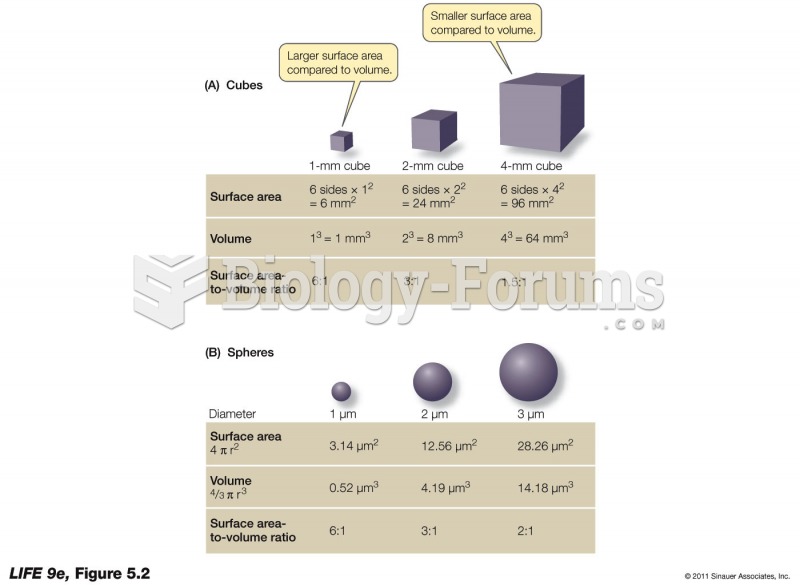|
|
|
Bacteria have flourished on the earth for over three billion years. They were the first life forms on the planet.
If all the neurons in the human body were lined up, they would stretch more than 600 miles.
In most cases, kidneys can recover from almost complete loss of function, such as in acute kidney (renal) failure.
Approximately 25% of all reported medication errors result from some kind of name confusion.
Although the Roman numeral for the number 4 has always been taught to have been "IV," according to historians, the ancient Romans probably used "IIII" most of the time. This is partially backed up by the fact that early grandfather clocks displayed IIII for the number 4 instead of IV. Early clockmakers apparently thought that the IIII balanced out the VIII (used for the number 8) on the clock face and that it just looked better.
 The Peary caribou is a relatively small and pale subspecies found in the tundra of far northern Nort
The Peary caribou is a relatively small and pale subspecies found in the tundra of far northern Nort
 Apidium may be ancestral to all later higher primates and is reconstructed as looking like a small-b
Apidium may be ancestral to all later higher primates and is reconstructed as looking like a small-b





